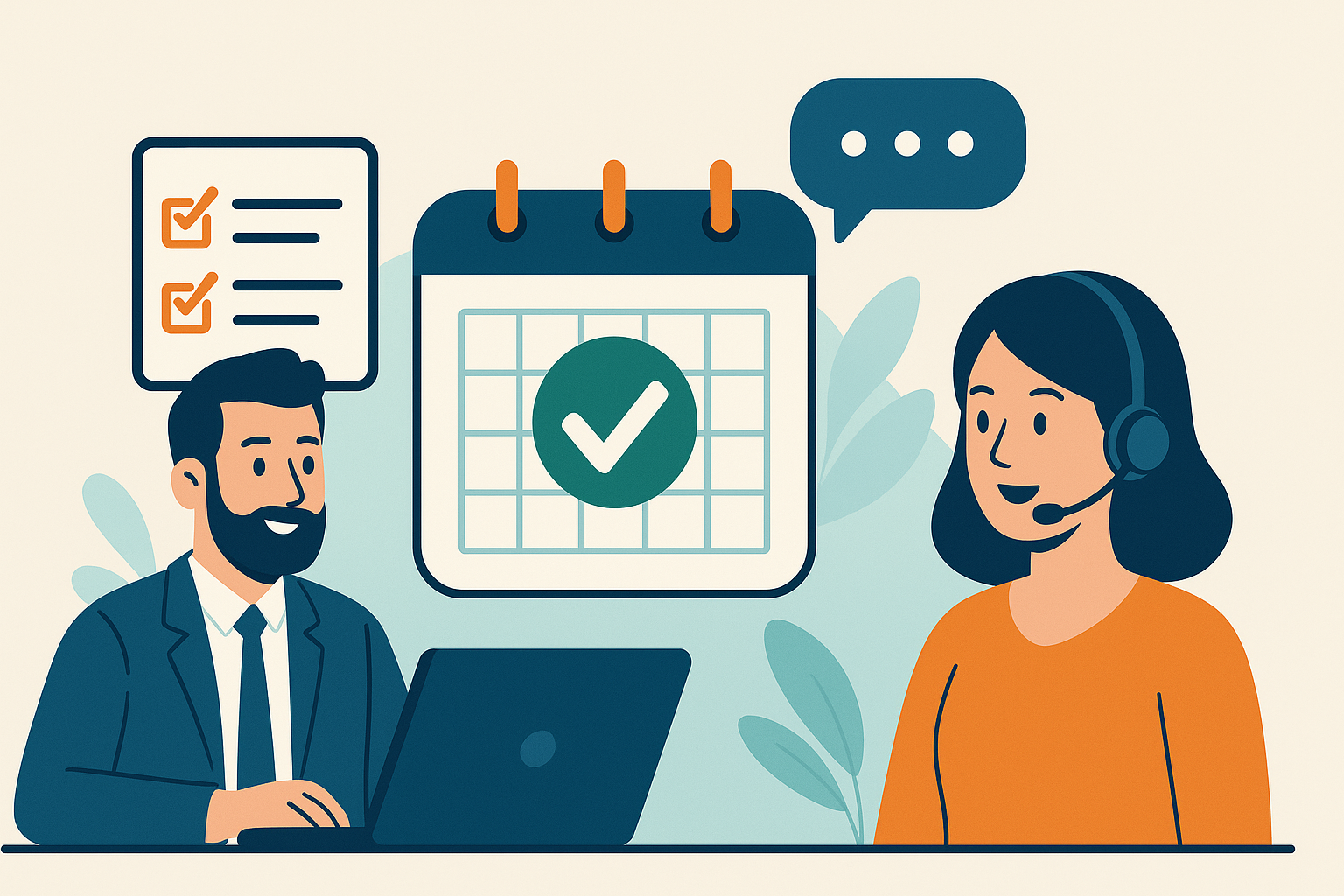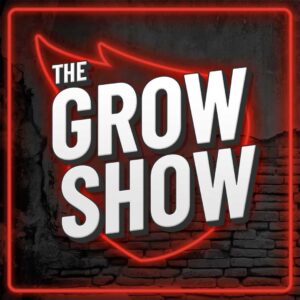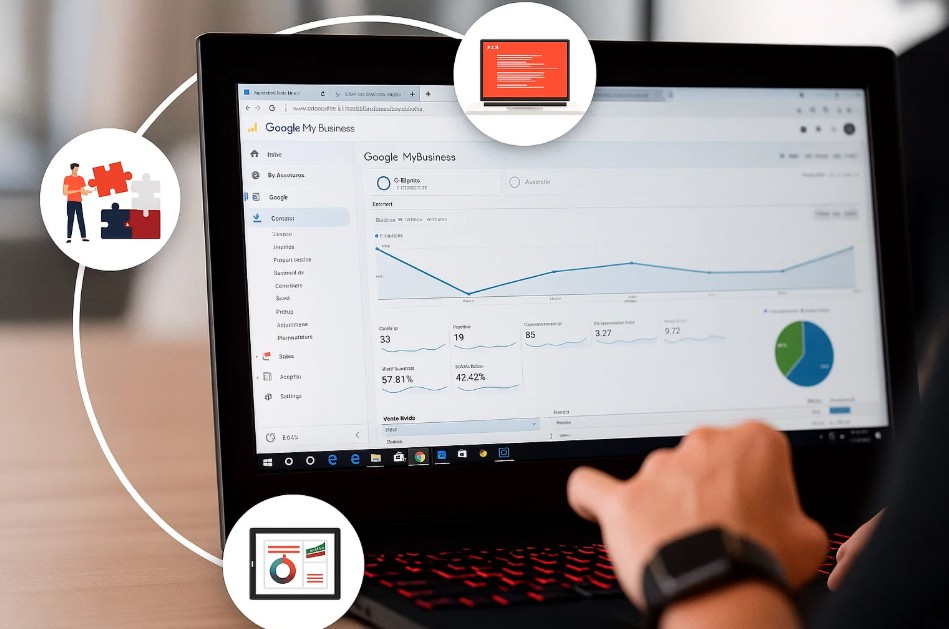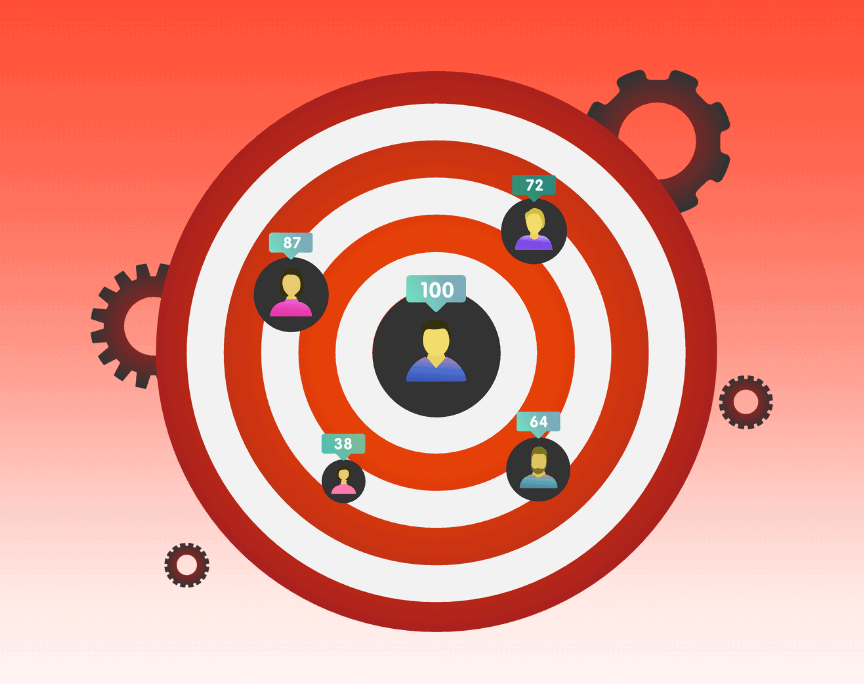In a competitive market where most managed service providers (MSPs) rely heavily on referrals, appointment setting is the linchpin of predictable growth. Quality meetings with high-fit prospects drive the entire sales pipeline, yet getting on the calendar of a decision-maker is harder than ever.
That’s where MSP appointment setting services come in. These services combine sales development reps (SDRs), qualification frameworks, and outreach automation to ensure your calendar fills with prospects that match your ideal customer profile.
This guide explores how MSPs can use appointment setting services to generate consistent, qualified meetings. From SDR strategy to lead qualification and handoff workflows, we break down what matters most when building a results-driven outbound process.
Contents
- 1 Why MSPs Struggle with Consistent Appointment Setting
- 2 What Are MSP Appointment Setting Services?
- 3 Key Components of a Successful MSP Appointment Setting Program
- 4 In-House vs. Outsourced Appointment Setting for MSPs
- 5 Best Practices for Higher Meeting Quality
- 6 Metrics That Matter
- 7 MSP Appointment Setting Case Study
- 8 Layering Appointment Setting with Other Channels
- 9 Building Your SDR Playbook
- 10 Appointment Setting Tools for MSPs
- 11 Training and Coaching SDRs
- 12 Avoiding Common Appointment Setting Pitfalls
- 13 Scaling Your MSP’s Appointment Setting Strategy
- 14 Final Thoughts: Consistency Drives Compounding Growth
Why MSPs Struggle with Consistent Appointment Setting
Most MSPs face the same problem: they deliver exceptional service, but don’t have the internal bandwidth, structure, or process to generate a steady stream of appointments.
Common Challenges:
- No dedicated outbound SDR team
- Sales reps wearing multiple hats
- Inconsistent follow-up on leads
- Lack of ICP clarity
- Reactive rather than proactive pipeline development
Relying solely on referrals and word-of-mouth can lead to feast-or-famine results. To grow predictably, MSPs need a system for booking quality meetings week after week.
What Are MSP Appointment Setting Services?
MSP appointment setting services are outsourced or in-house programs that focus on booking meetings with decision-makers at qualified companies. These services are typically driven by SDRs who use cold outreach, email, LinkedIn, and phone to spark initial conversations.
Core Goals:
- Identify decision-makers (IT managers, CFOs, COOs, owners)
- Qualify leads based on your ICP
- Deliver booked meetings to your sales team
The best services don’t just deliver volume — they focus on delivering quality.
Key Components of a Successful MSP Appointment Setting Program
1. Define Your Ideal Customer Profile (ICP)
Without a clear ICP, even the best SDR team will waste time chasing the wrong prospects. Your ICP should include firmographic and technographic details.
Example ICP Criteria:
- 25-500 employees
- Located within 100 miles of your office
- Heavily regulated industries (legal, healthcare, financial services)
- Using outdated infrastructure or lacking internal IT
- Need for compliance, cybersecurity, or cloud migrations
2. Build Smart Lead Lists
The quality of your outreach depends on the quality of your list. Use tools like:
- ZoomInfo
- Apollo.io
- Seamless.ai
- LinkedIn Sales Navigator
Build segments based on geography, headcount, industry, and job titles like:
- IT Manager
- Director of Operations
- Chief Technology Officer (CTO)
- Office Manager (for SMBs)
3. Develop Outreach Messaging That Converts
Cold outreach needs to be relevant, personalized, and value-driven. Skip the generic MSP elevator pitch. Focus on pain points that resonate.
Example email framework:
Subject: “IT support for growing [industry] teams”
Hi [First Name],
We work with several [industry] companies in [city] to help reduce IT downtime, improve compliance, and handle tech issues before they become problems.
Curious — are you currently handling IT in-house or with another provider?
Let me know if you’d be open to a short intro call.
[Signature]
Use similar frameworks across phone and LinkedIn outreach. The key is to open the door to conversation, not pitch services immediately.
4. SDR-Driven Outreach Cadences
Appointment setting is about persistence, not just one-off outreach. Top-performing SDRs follow structured cadences:
Example 10-Touch Cadence (over 15 business days):
- Day 1: Email + LinkedIn connect
- Day 3: Phone call + voicemail
- Day 5: Follow-up email
- Day 7: LinkedIn message
- Day 9: Phone call
- Day 11: Email with case study
- Day 13: Phone call
- Day 15: Break-up email
Cadences can be tailored by industry and persona, but consistency is non-negotiable.
5. Qualification Frameworks
Booking meetings is only part of the equation. Ensuring those meetings are worth your sales team’s time is where qualification comes in.
Popular frameworks include:
- BANT (Budget, Authority, Need, Timeline)
- CHAMP (Challenges, Authority, Money, Prioritization)
For MSPs, consider custom qualifiers like:
- Number of endpoints
- Internal IT support
- Compliance requirements
- Current provider satisfaction
- Cybersecurity concerns
6. CRM Integration and Handoff
Your appointment setting process should integrate seamlessly with your CRM. Tools like HubSpot, Salesforce, or ConnectWise allow SDRs to:
- Log all touches
- Record notes on calls
- Set appointments directly on rep calendars
- Pass warm leads to AE or vCIO team
This ensures no leads fall through the cracks and keeps sales velocity high.
In-House vs. Outsourced Appointment Setting for MSPs
Should you hire and manage SDRs internally or outsource to a service provider?
In-House:
Pros:
- Full control over training and messaging
- Easier cross-team alignment
- Deep product knowledge
Cons:
- Slower ramp-up time
- Higher overhead (hiring, training, management)
- Risk if SDR underperforms
Outsourced:
Pros:
- Faster ramp-up
- Access to trained SDRs and proven systems
- Scalable based on campaign performance
Cons:
- Less control over day-to-day execution
- Requires detailed onboarding to align messaging
For many MSPs, a hybrid model works best — start with an outsourced partner, then build in-house once the process is proven.
Best Practices for Higher Meeting Quality
Not all meetings are created equal. Here’s how to ensure your booked appointments actually move the needle:
- Use pre-call questionnaires to gather IT environment details
- Send calendar invites immediately to reduce no-shows
- Pre-call email reminders with agenda and value points
- Sales rep prep sessions to review notes and research the company
- Record calls (with permission) to learn and improve
Quality meetings should result in pipeline opportunities, not just checkboxes.
Metrics That Matter
Track KPIs across your appointment setting funnel:
- Number of dials/emails per SDR per day
- Email open and response rates
- Call connection and conversion rates
- Meetings booked per rep or campaign
- Show rate (attended vs. scheduled)
- SQL rate (qualified opportunities from meetings)
Review these weekly to identify performance gaps and optimize.
MSP Appointment Setting Case Study
Company: Regional MSP in the Southeast
Problem: The firm relied heavily on referrals and inbound leads. Growth was inconsistent, and their sales team spent hours each week chasing cold leads.
Solution: They partnered with an outsourced appointment setting service specializing in MSPs. Within 90 days:
- Average of 10 qualified meetings per month
- 35% of meetings converted to proposals
- 5 new clients closed within 6 months
Outcome: Pipeline predictability, better time allocation for AEs, and stronger ROI from outbound efforts.
Layering Appointment Setting with Other Channels
Your appointment setting program becomes more powerful when combined with other marketing and lead gen channels.
Content Marketing Support:
Arm SDRs with blogs, whitepapers, and case studies they can share in emails and calls. Content adds credibility and warms up cold prospects.
Account-Based Marketing (ABM):
Target high-value accounts with personalized outreach supported by digital ads, email nurturing, and custom landing pages. SDRs can coordinate touchpoints across the buyer journey.
Event Follow-Up:
Turn webinar or trade show registrants into appointment-setting targets. Use SDRs to follow up with attendees, book demos, and gather feedback.
Social Proof Integration:
Mention existing clients, awards, or case studies in your outreach. “We recently helped a 75-employee law firm in Dallas upgrade their cybersecurity posture.”
Building Your SDR Playbook
Whether outsourced or in-house, successful MSP appointment setting depends on process. Create a documented playbook that includes:
- ICP definitions and buying personas
- Prospecting scripts and objection handling guides
- Email and voicemail templates
- Outreach cadences by segment
- Qualification checklist
- Meeting handoff protocol
- CRM data logging standards
Review and update the playbook quarterly. Encourage SDRs to share what’s working.
Appointment Setting Tools for MSPs
Tools can improve SDR efficiency and outreach success. Consider:
- Outreach.io or Salesloft for cadence management
- Chili Piper or Calendly for booking meetings
- LeadIQ or Lusha for contact enrichment
- Vidyard for personalized video messages
- Grammarly to ensure clean, professional messaging
Integrate your tech stack into your CRM to keep data synced and actionable.
Training and Coaching SDRs
SDRs are on the front lines. Ongoing training is critical to improving conversion rates and maintaining motivation.
Training Topics:
- Industry-specific pain points (compliance, downtime, BYOD)
- New service offerings (MDR, cloud backups)
- Listening and objection handling skills
- Roleplay sessions and peer reviews
- Time management and productivity tips
Recognize wins publicly, track performance transparently, and reward top contributors.
Avoiding Common Appointment Setting Pitfalls
Mistake #1: Overemphasizing volume over quality
If your SDRs are rewarded only for meetings booked, they may push unqualified meetings that waste your sales team’s time. Balance quantity with lead fit.
Mistake #2: Generic messaging
IT decision-makers get hundreds of cold messages. Stand out by customizing each message with industry pain points, location references, or mutual connections.
Mistake #3: Inconsistent follow-up
Leads rarely convert on the first touch. Without a structured cadence and reminders, even warm prospects can slip through the cracks.
Mistake #4: Weak qualification
If you’re handing meetings to AEs without solid information, you risk poor conversion and misaligned expectations. Train SDRs on deeper discovery.
Scaling Your MSP’s Appointment Setting Strategy
Once your foundation is working, here’s how to grow:
- Add more SDRs to increase volume
- Expand into new verticals or territories
- Introduce tiered service offers for different ICP segments
- Create a referral program that incentivizes introductions
- Use AI tools to identify leads showing buying intent
With a strong appointment setting engine, MSPs can scale faster and more predictably.
Final Thoughts: Consistency Drives Compounding Growth
Appointment setting is not just a numbers game. It’s about building a scalable system that consistently puts your team in front of qualified buyers.
If your current outbound strategy is inconsistent, reactive, or underperforming, consider how a structured SDR program could change your growth trajectory.
Schedule a demo with Abstrakt today. Our MSP appointment setting services combine data, messaging, SDR execution, and reporting to help you grow smarter — one quality meeting at a time.

Madison Hendrix
Madison has worked in SEO and content writing at Abstrakt for over 5 years and has become a certified lead generation expert through her hours upon hours of research to identify the best possible strategies for companies to grow within our niche industry target audiences. An early adopter of AIO (A.I. Optimization) with many organic search accolades - she brings a unique level of expertise to Abstrakt providing helpful info to all of our core audiences.
- Madison Hendrix#molongui-disabled-link
- Madison Hendrix#molongui-disabled-link
- Madison Hendrix#molongui-disabled-link
- Madison Hendrix#molongui-disabled-link







